Le Mans, France
July 3–6, 2025
Le Mans Classic 2025 was a huge popular success, breaking attendance records, both in terms of the public, with 238,000 spectators, and participants, with 800 cars on the track in various categories. In addition, there were nearly 10,000 club cars on the circuit grounds. Numerous themed and manufacturer-specific events and exhibitions rounded out the show. Here’s a look back at this exceptional edition in pictures (and a few comments). First, a few photos to set the scene.
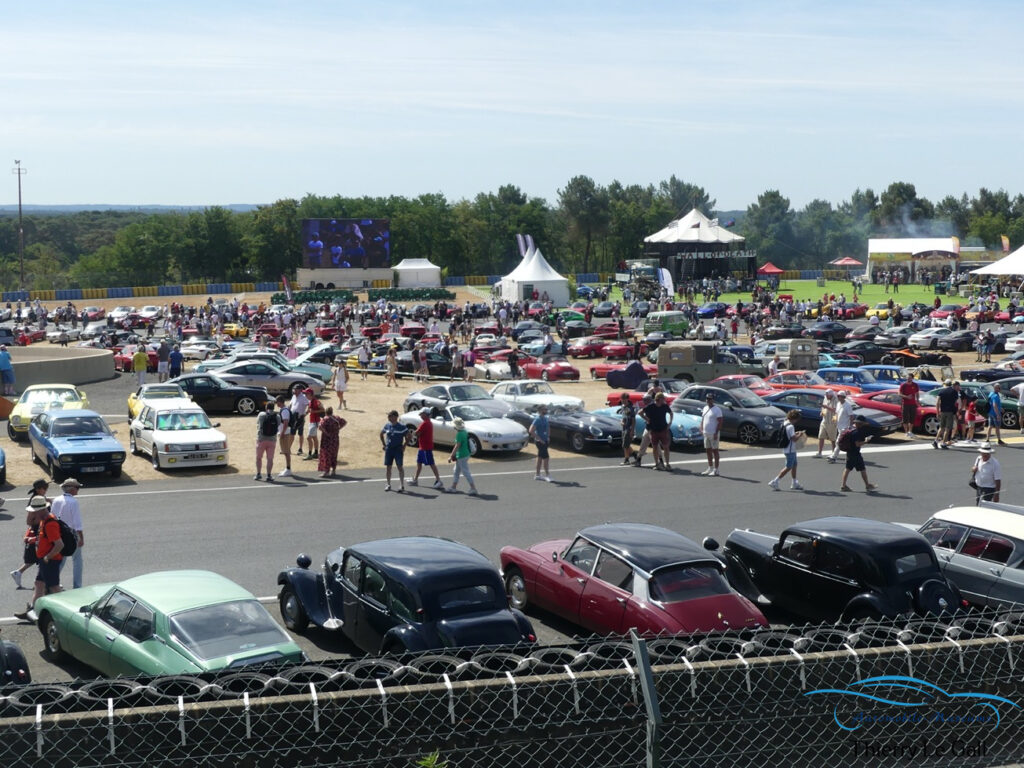
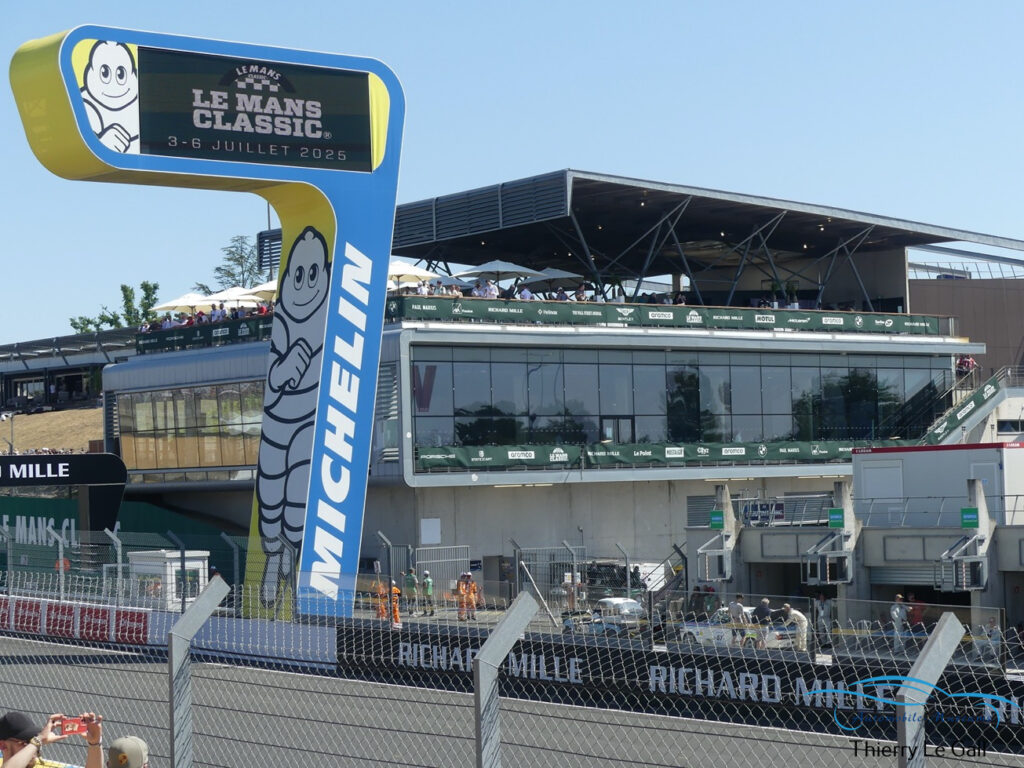



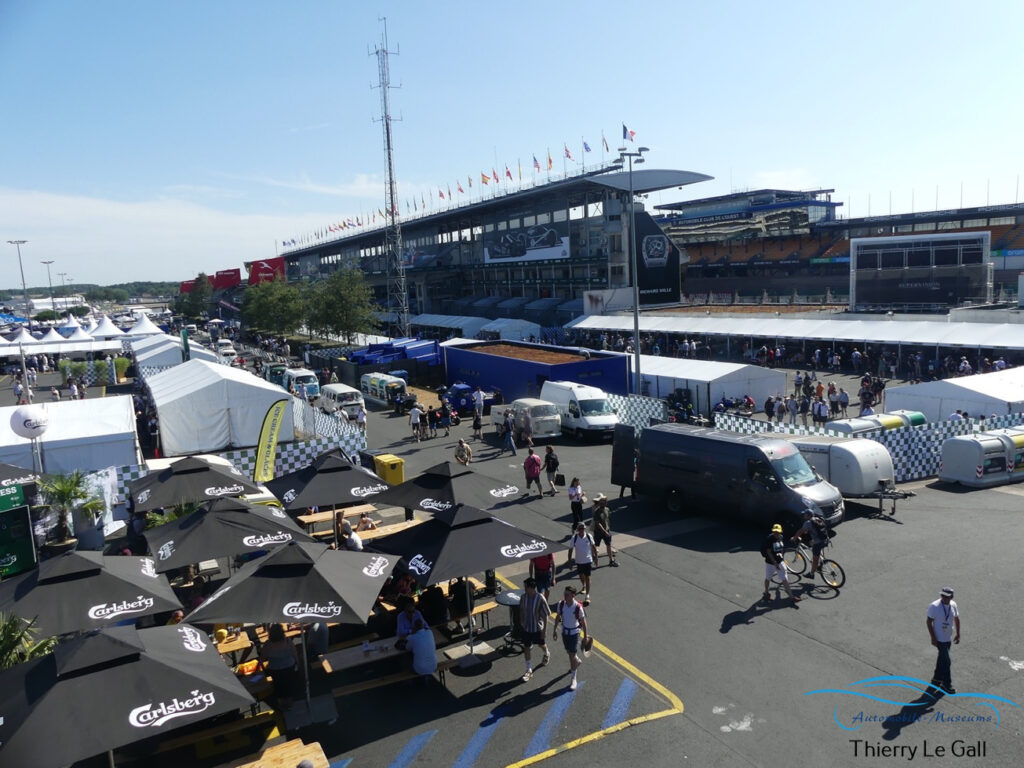












Le Mans Classic is also, above all, about racing, during which the drivers are not there to gently parade around at the wheel of their vintage cars, but to really fight for victory.



















Many brands have built their legend, or at least a good part of it, at Le Mans, and they are therefore well represented on the track and in the paddocks. Starting with Porsche. Founded in 1948, Porsche has been participating in the 24 Hours of Le Mans for the first time in 1951, with a prepared 356. Since then, there have always been Porsches competing in this race.












It is therefore not surprising that the Stuttgart-based brand is by far the most represented both on the track and in the “Clubs” parking lots. From the 356 to the 917, including 911s from all eras and the impressive 935s, most of the models that have competed in the 24 Hours were present on the track.






There was no brand stand in the exhibitors’ area, but Porsche opened its Le Mans PEC (Porsche Experience Center) to its customers, with a presentation of its supercars… and a tractor.







Ferrari is the other iconic brand of Le Mans, even if the Prancing Horse has been less assiduous than Porsche in the Le Mans event. At this year’s Mans Classic, Ferraris were obviously present on the track and in the paddocks, including GTs as well as the 312 and 512 prototypes, and a large part of the Ferrari touring car line-up in the club parking lots. Of particular note was a beautiful exhibition by the 400i club, featuring, among others, a very rare 400 convertible. In the exhibitors’ village, the Ferrari stand presented the current range, including the latest and still rare 12 Cilindri.












BMW’s track record at the 24 Hours of Le Mans is less impressive than that of Ferrari or Porsche, but the brand won the race in 1999, and the victorious McLaren F1 in 1995 was equipped with a BMW V12 engine. BMW also made its mark on the 24 Hours with the famous “Art Cars,” unique cars decorated by famous artists, notably on the 3.0 CSL. On the track, visitors could admire the 328 roadsters from the 1930s, the 3.0 CSL and M1, as well as sports prototypes. The BMW E24 France club had assembled a fine collection of these elegant 6 Series Coupes, while BMW presented one of its Art Cars on its official stand.










McLaren was celebrating the 30th anniversary of its victory, and although the McLaren F1s are too “young” to appear in the historic line-up, the British brand exhibited several of its recent models in the exhibitors’ area, as well as single-seaters dating back to the company’s early days.










While Alpine is undoubtedly best known for its many rally successes with the famous Berlinette A110, the brand has also been very present at Le Mans since the 1960s, first with small-engined cars aiming for performance indices and class victories, then trying to aim for global victory. And as the brand celebrates its 70th anniversary in 2025, a large stand brought together a large number of the models produced, including some licensed constructions from Brazil and Mexico.













Bentley was out in force this year. Before becoming a manufacturer of luxury GT coupes (as well as sedans and SUVs), Bentley dominated the 24 Hours of Le Mans in the 1920s, with five victories between 1924 and 1930. However, not all of them were authentic “vintage” cars, but rather recreations or continuations. Among the curiosities was a 4.25L with a ‘Pourtout’ body in the style of the Bentley “Embiricos” coupe.



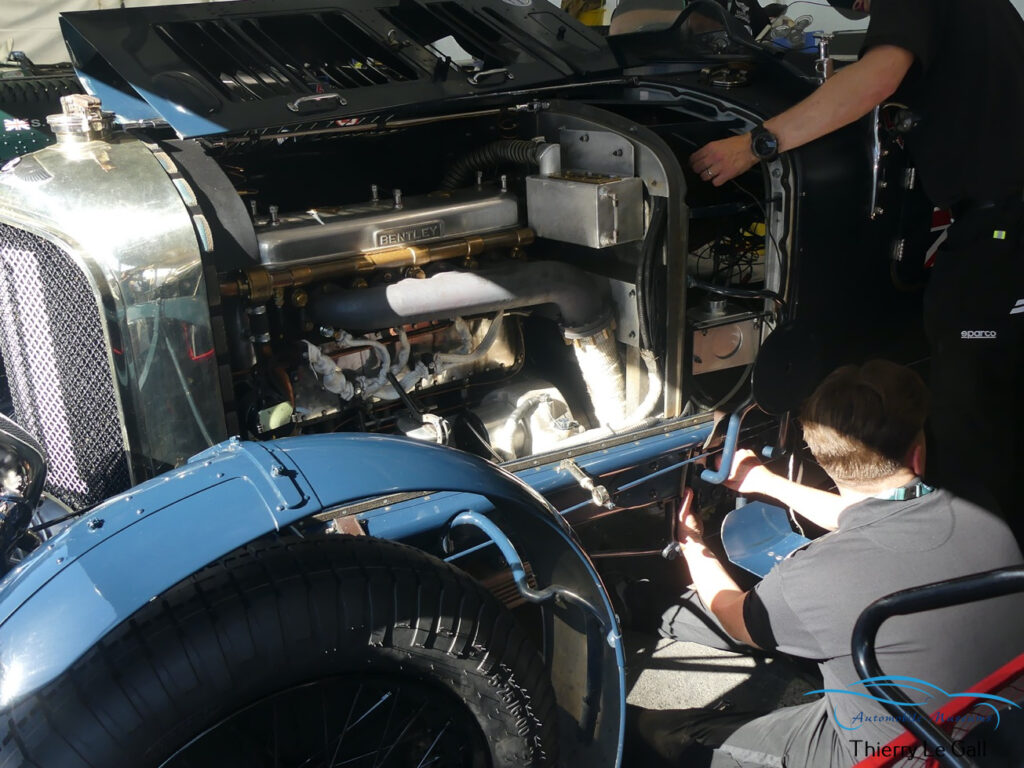




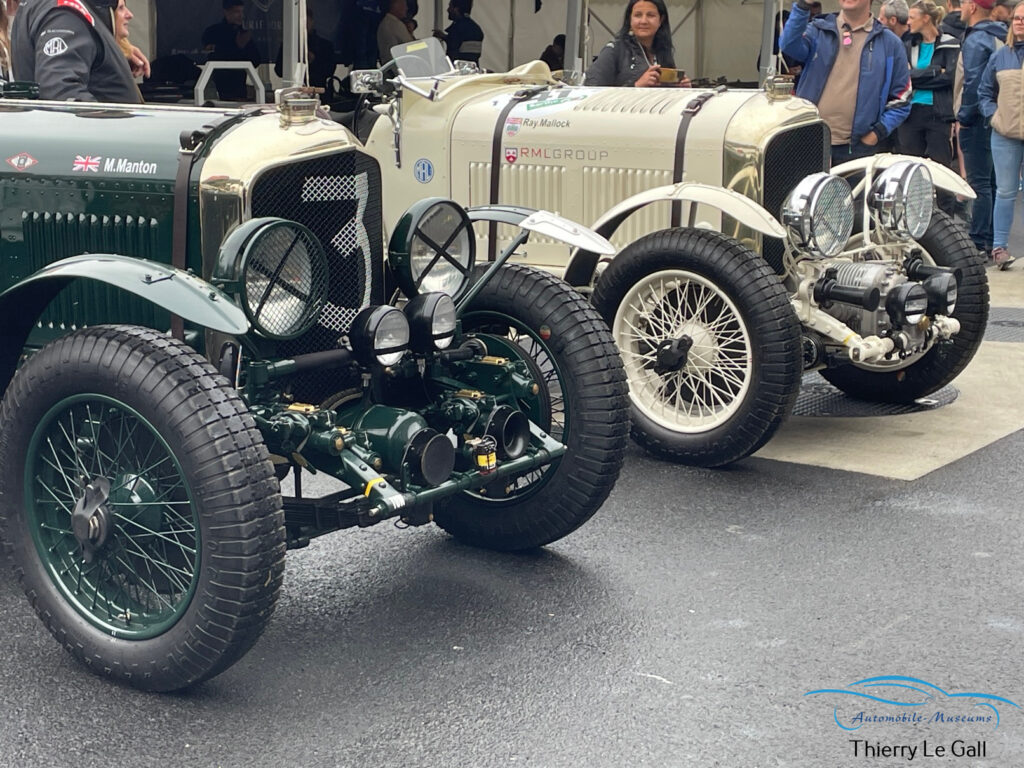
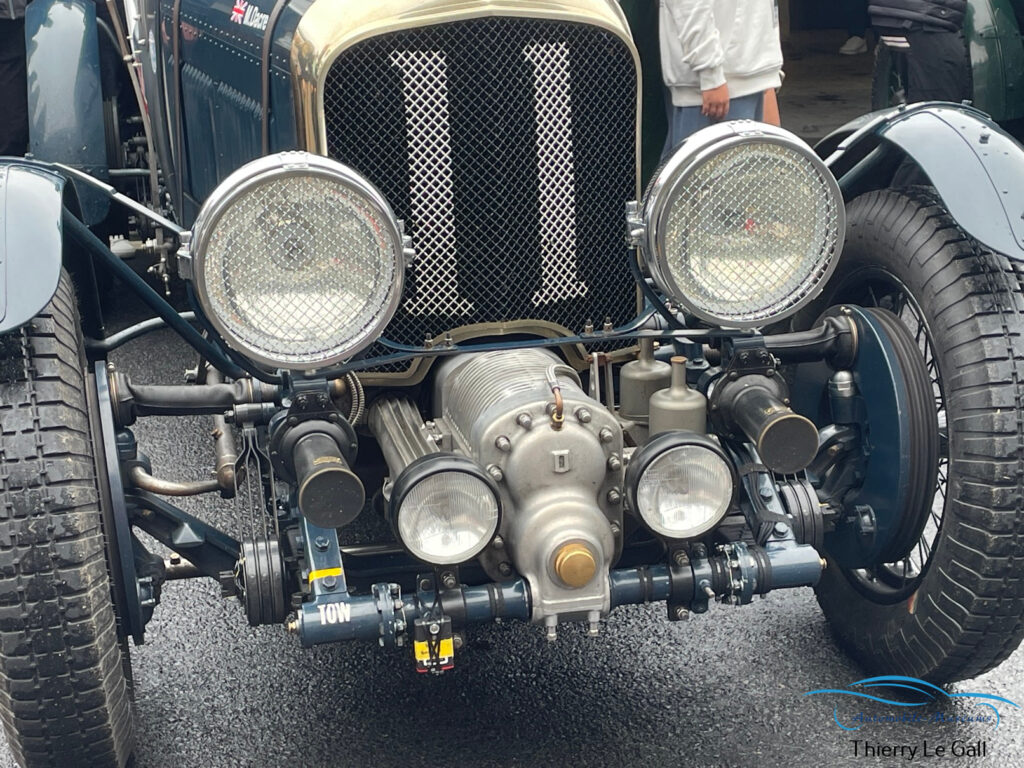

A few Aston Martins, Lagondas, MGs, Morgans, Talbots, and rarer Rileys and Singers reinforced the English contingent in the 1923-1939 category.










In the same “vintage” category, several French cars were on the track, Bugattis of course, Delahayes and Delages, but also a 1932 Citroën C4 Spider, the only Citroën to have raced at Le Mans. Other French cars, but post-war ones this time, were the Renault 4 CV and Peugeot 203, which were aiming for class victories. Surprising when compared to today’s GTs!











Finally, let’s not forget the Alfa Romeo 2300, with four victories to its name in the 1930s.





After the war, Jaguar was a major player in the 24 Hours of Le Mans, and the Type-C, Type-D, Type-E, XK120, and XK140 were numerous in the 1949-1956 and 1957-1961 lineups. They could also be admired as coupes and roadsters in club parking lots.







A large Shelby area paid tribute to the American manufacturer, with a beautiful display of Cobras and GT 40s. In addition to the static exhibition, the Cobras and GT 40s also put on a show on the track.









Among the themed exhibitions, in addition to the brands already mentioned, there was the “Legends of Le Mans” area with Audi, Aston Martin, Pescarolo, Peugeot and, more surprisingly here, a ‘Dakar’ area with some curious prototypes such as the 6-wheel “Jules”, Mitsubishi, Citroën Grand Raid and Porsche 911 4×4, and an area dedicated to the cars (or rather vehicles) of the Tour de France (cycling) advertising caravan.


















It is difficult to be exhaustive about the brands and cars present in the club areas, so the choice is subjective. Morgan had a prime spot near the track and displayed a colorful selection of its models.








Three French manufacturers stood out. Citroën, whose participation at Le Mans has remained limited (see above), is one of the most collected brands in the world, and the clubs brought several DS and Traction models. A restomod ahead of its time, the DS Grand Palais is a very elegant DS-based coupe, designed by Gerard Godfroy (designer at Peugeot and Heuliez among others, co-founder of MVS/Venturi), presented in 2019 and hand-built. Of course, several SMs were on display, including a few rarities such as this American SM, recognizable by its round headlights without protective glass (a legal requirement in the US), and the Chapron Le Mylord convertible (only 6 to 8 examples were built).








Next to it were several Ligier JS2s, a two-seater sports car with a mid-engine equipped with the SM’s V6, which was seen as a competitor to the Porsche 911. The Ligier JS2 also gave rise to a competition version that competed in the 24 Hours of Le Mans in 1973, 1974, and 1975. Venturi is another small French manufacturer that tried to compete with Porsche, and several models were on display, including the very rare 400GT.







In the club parking lot, visitors could also trace the recent history of Aston Martin with most of the models produced since the DB7, as well as find some older classics.











Le Mans Classic is also one of the best places to discover how prolific England is in small automotive craftsmen. Brands known to enthusiasts but not often seen on our roads, such as Jensen, Reliant, and TVR, and others that are very confidential, such as Tornado and Turner, but all offering sports coupes or roadsters!










Finally, Americans have often participated in the 24 Hours of Le Mans. In addition to the GT40 and Cobra mentioned above, as well as the Corvette, a few muscle cars and Cadillacs have raced there. Of particular note was a replica of the 1961 Cadillac nicknamed “The Monster” due to its strange aerodynamic bodywork.












After this great success in 2025, Le Mans Classic is reinventing itself. Instead of a biennial event, it will now be held annually, but with two complementary events alternating. “Le Mans Classic Legend” will feature cars from 1976 to 2015 and will take place in even-numbered years, while “Le Mans Classic Heritage” will take place in odd-numbered years and will be open to cars from 1923 to 1975. Two different atmospheres, but always with the same passion for cars!
The photos on this page belong to Automobile-Museums, no right of reproduction without the express permission of the owner.
